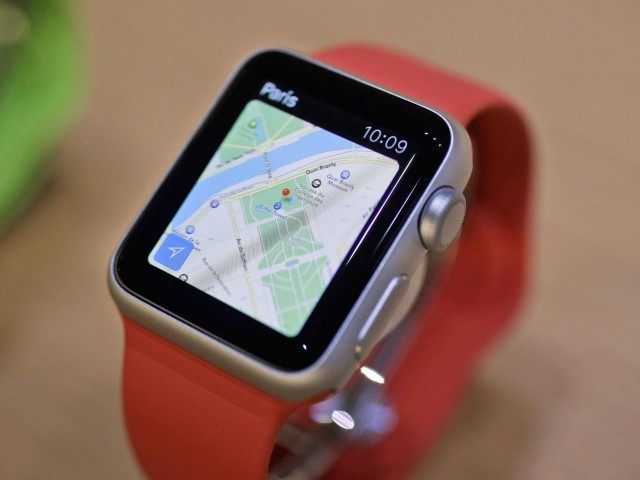Apple Maps was an inferior service when it appeared three years ago, but today Apple has caught up to Google Maps.
Because Apple’s Maps product was slow and featured horrible directions, Google Maps downloads continued to dominate on the iPhone, until the last year. But by making several acquisition to pick up mapping talent and forcing Apple mobile and desktop users to default to Apple Maps, the Silicon Valley giant is pushing Google Maps off of the iPhone.
Map location is key to helping smartphone users get around town, go shopping or visit restaurants and events. But location tracking is also the key to Internet retailers taking market share from traditional brick and mortar retailers.
Apple and Google both sell the tracking data to marketing companies that build business intelligence profiles on individuals based on where they go and what they do. It is not unusual for a shopper to get a targeted promotional ad when they are in a mall. Based on the shopper’s store visits that day, an Internet retailer can offer a targeted promotional ad featuring the type of products or services at a cheaper price.
Both Apple Maps and Google Maps have slick and intuitive user interfaces. The important competitive issues between the world’s two largest mapping services are the four user experience measures: 1) directions; 2) traffic data; 3) business look-up; and 4) GPS accuracy.
When it comes to directions, both apps offer 3D maps, traffic data, business guides, and location based searching. Google Maps’ in-client voice search and Street View functions are great. Google Maps on the iPhone will send you notifications about when a turn is coming up, but you can’t actually see the map or the next step in the directions unless you unlock your phone and boot up the Google Map app. With Apple Maps, you can view your route and your position live from your lock screen.
When you want to move from point A to point B, both map applications perform equally. But Google takes data directly from its own satellite images for Street Maps for archiving cities, businesses, houses, and street names. Apple Maps receives its GPS data from an aging partnership with TomTom.
Apple has made competitive progress and cured most of the issues that made Apple Maps a laughingstock. Today, the user experience in finding a location, adding it to your stored locations, and starting navigation is seamless and easy.
But if you are a big-city kid that relies on public transit directions for your commute, Google is still far superior in knowing to the minute when the next bus or train will pull up or if there will be a delay at your location. With more coverage than Apple Maps in metropolitan locations, Google still wins the direction category.
For traffic data and navigation, both Google Maps and Apple Maps seem to perform similarly. But Google’s collects satellite traffic information in a manner that has a measurement error of only about 18 inches. Apple Maps supplements its use of TomTom in the US and EU with phone data harvested across China and Southeast Asia. For traffic data and navigation, I call it a draw for traffic and navigation.
For Business look-ups, Apple Maps works with Yelp to produce a drop down list of suggestions rated according to other Yelp users when you tap broad categories on the search bar, such as “Fun”, “Food”, or “Drinks.” The simplicity of the feature is outstanding. If you are a Google Map user, you will have to go through several more steps to navigate into the Yelp app.
Once a business is selected, the Apple Maps displays bright and colorful buttons populate on the screen to help direct you to the intended location. Google accepts its competitive disadvantage and recently purchased of the food-rating service Zagat. But Google Maps is in catch-up phase. Compared to Google’s business directory and toggling back and forth to Yelp, Apple Maps Business Look-up is far superior.
For GPS Accuracy, there are really complicated technological differences that speak to the protocol for Apple Maps and Google Maps. But there is no reason for the user to care, since they both work equally well. The important issue for both services is that a more powerful devise will get quicker and more accurate results, but overall it is a draw.
Before reviewing this material on the Apple Map improvements, I assumed that Google Maps would still have a significant lead. But both services are now equally competitive. If you have been a long-time user of Google Maps and your account has all your contacts saved, you are much better off staying with your current service. But if that is not you, there is little reason to download Google Maps on an iPhone.

COMMENTS
Please let us know if you're having issues with commenting.